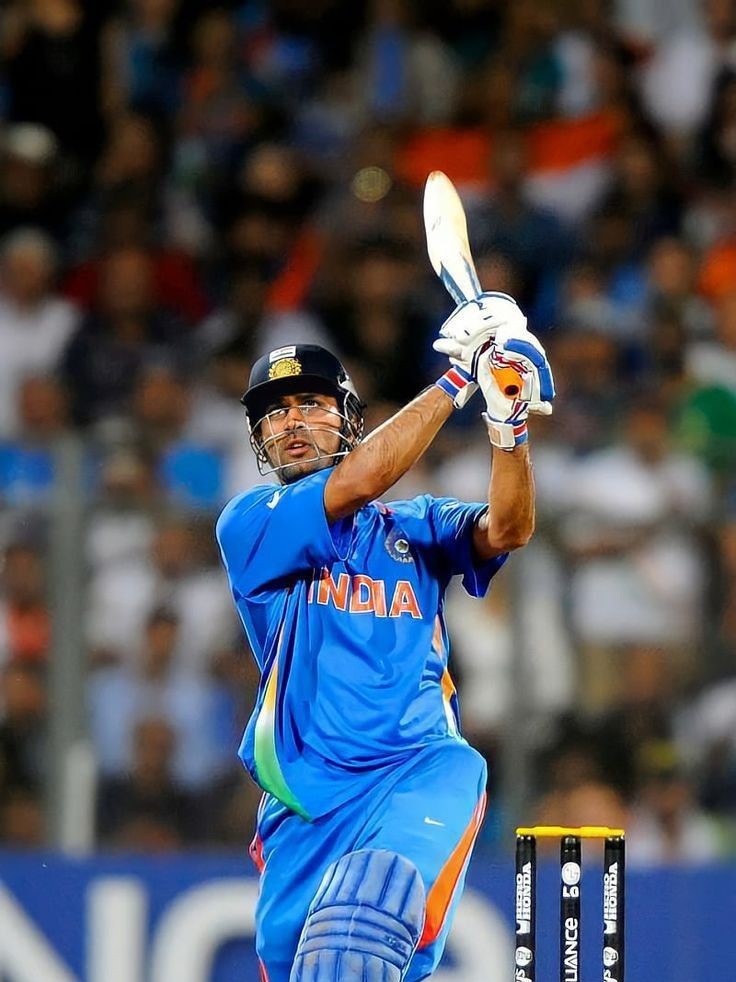
MS Dhoni: The Captain Cool Who Changed Indian Cricket Forever
Cometh the hour, cometh the man. Whether it was the 2007 T20 World Cup, 2011 World Cup, or a tense IPL final, MS Dhoni always had the last word. That iconic six in the 2011 World Cup final - the ball sailing into the stands as 1.3 billion dreams took flight - wasn’t just a moment. It was the perfect snapshot of a man who redefined what Indian cricket could achieve.
But behind every legend is a story of struggle, determination, and sheer will. This is the story of Mahendra Singh Dhoni - not just India’s most successful captain, but a cultural phenomenon who transformed a cricket-crazy nation’s belief in itself.
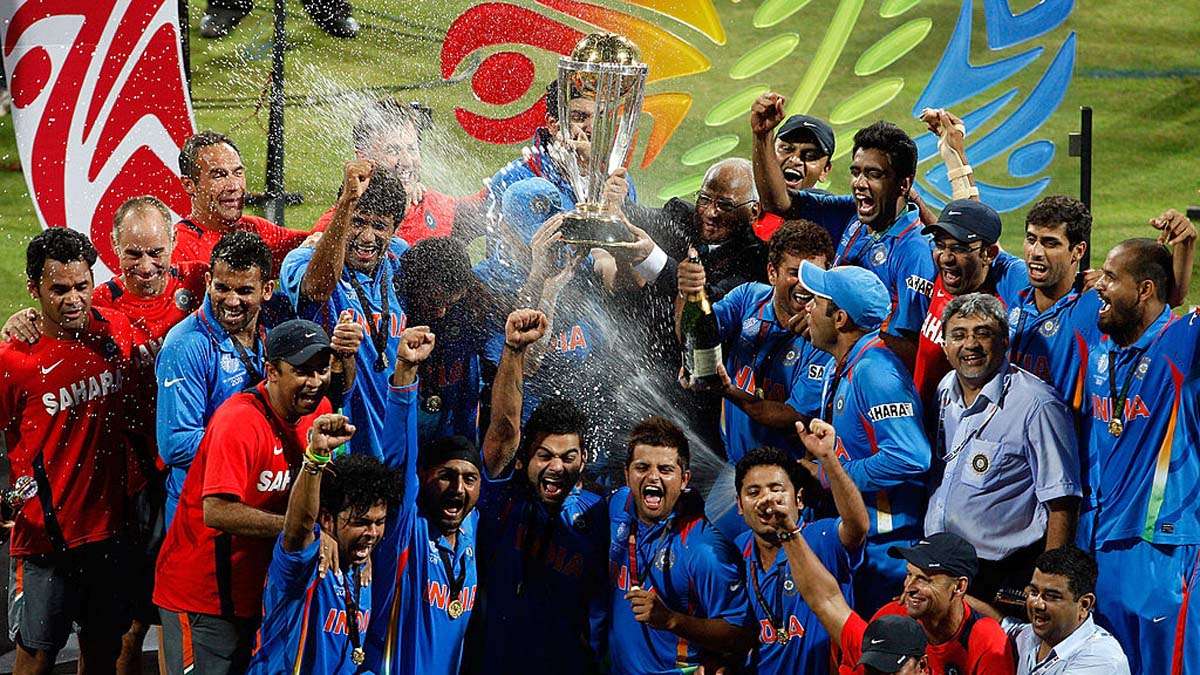
Humble Beginnings – The Small-Town Boy with Big Dreams
Long before the helicopters shots and World Cup trophies, there was just a boy from Ranchi with uncommon talent and even more uncommon determination.
Born on July 7, 1981, in what was then Bihar (now Jharkhand), Dhoni grew up far from India’s cricketing powerhouses. His father, Pan Singh, worked diligently at MECON, while his mother Devaki Devi managed their home. As the youngest of three siblings, young Mahi (as he’s affectionately known) was raised with values of perseverance that would later define his career.
What many don’t know: Dhoni’s first loves were actually badminton and football! At DAV Jawahar Vidya Mandir school in Ranchi, he excelled as a goalkeeper, developing the lightning-quick reflexes that would later make him a wicketkeeping genius.
It was his school coach, Keshav Banerjee, who spotted something special and suggested he try wicketkeeping. This pivotal moment changed not just Dhoni’s trajectory, but Indian cricket’s future.
“Talent is one thing, but the will to succeed comes from within. Dhoni had both in abundance.” - Keshav Banerjee, Dhoni’s school coach
The path forward wasn’t easy. While his contemporaries focused solely on cricket, Dhoni balanced his sporting dreams with the practical reality of a middle-class life. From 2001 to 2003, he worked as a Travelling Ticket Examiner (TTE) at Kharagpur Railway Station, checking tickets by day and practicing cricket whenever possible.

Those railway platform days taught him patience and perspective - qualities that would later help him navigate the pressures of leading a cricket-obsessed nation.
The Rise – From Power-Hitter to Captain Cool
Dhoni’s entry into international cricket in December 2004 wasn’t exactly cinematic - he was run out for a duck against Bangladesh. But cricket, like life, offers second chances to those who persevere.
The turning point came just months later, in his fifth ODI. Promoted up the order against Pakistan, Dhoni unleashed a brutal 148 that announced his arrival on the world stage. Those powerful hits and that flowing mane of hair became instant talking points. Later that year, he outdid himself with a breathtaking 183* against Sri Lanka - still the highest score by a wicketkeeper in ODI history.
But Dhoni was more than just explosive batting. Behind those helicopter shots was a cricket brain calculating and planning several moves ahead.
In 2007, when senior players opted out of the inaugural T20 World Cup, India took a gamble on the 26-year-old Dhoni as captain. What followed was nothing short of magical. Leading a young, unfancied team, Dhoni’s calm leadership guided India to victory in the tournament’s very first edition. That bowl-out against Pakistan, the nail-biting final - suddenly India had found not just a new format to love, but a new leader to believe in.
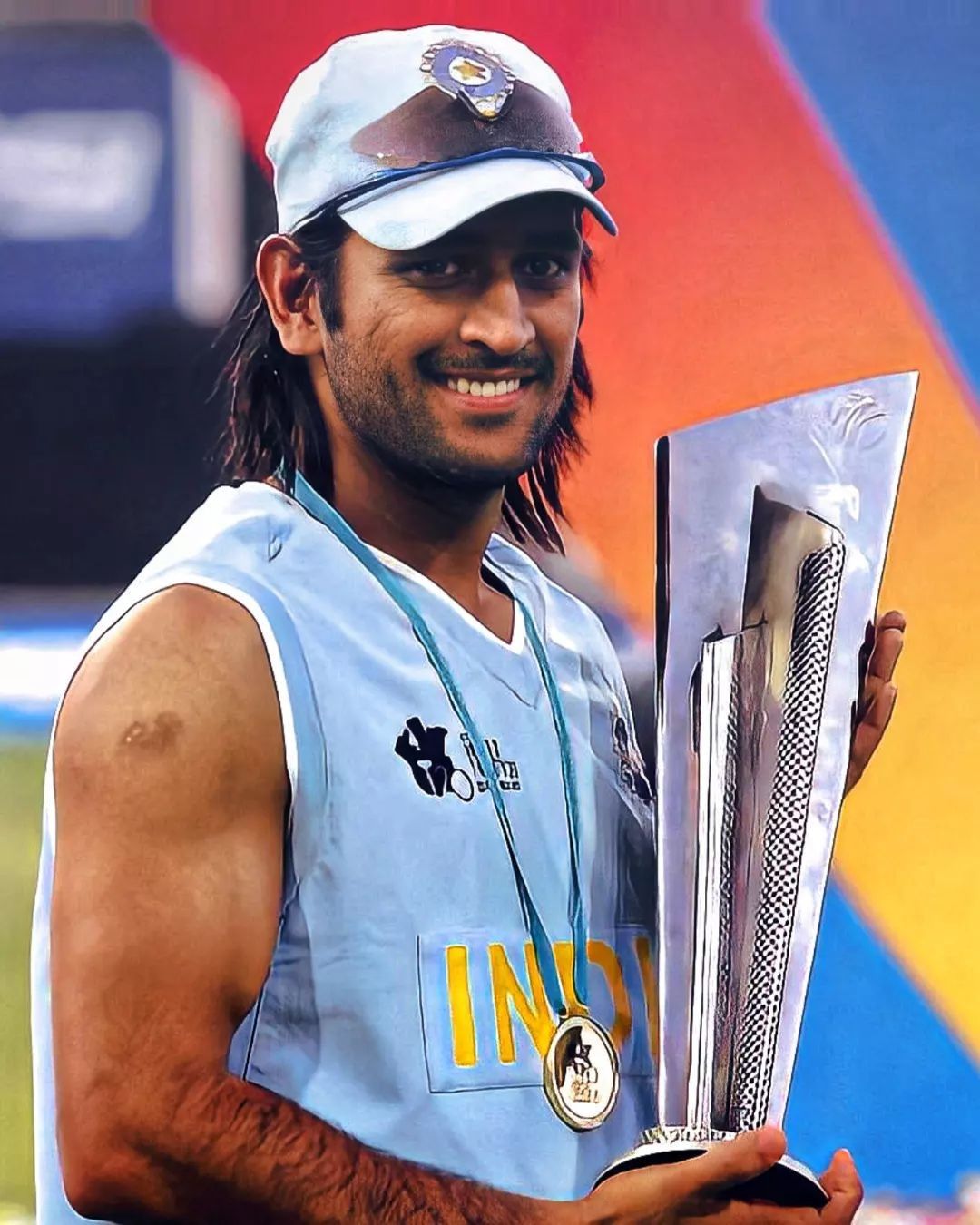
The Golden Era – Leadership & Legacy
The 2007 T20 World Cup was just the beginning. Under Dhoni’s stewardship, Indian cricket entered its golden age:
- 2011: ODI World Cup victory on home soil, ending a 28-year wait
- 2013: Champions Trophy triumph in England, making Dhoni the only captain to win all ICC limited-overs trophies
- 2010 & 2016: Asia Cup victories
- Test Cricket: Taking India to the #1 ranking for the first time
What set Dhoni apart wasn’t just the trophies, but how he led. In a sport where emotions run high, “Captain Cool” remained unflappable. Whether defending 6 runs or 60, that poker face never revealed a thing. His leadership philosophy was refreshingly simple - focus on the process, not the outcome.
“I don’t regret anything in life. What doesn’t kill you makes you stronger.” - MS Dhoni
Perhaps most remarkably, Dhoni revolutionized what it meant to be a wicketkeeper-batsman. His lightning-quick stumpings (123 in ODIs - a world record) changed how teams viewed the position. As a finisher, his ability to calculate run chases and remain ice-cold under pressure created a template that teams worldwide still try to replicate.
The 2011 World Cup – The Ultimate Moment of Glory
April 2, 2011. Wankhede Stadium. The World Cup final. Chasing 275 against Sri Lanka, India was struggling at 114-3 when Dhoni made a decision that would enter cricket folklore.
He promoted himself above in-form Yuvraj Singh.
With 161 needed from 30 overs on the biggest stage possible, Dhoni walked in. What followed was a masterclass in pressure management. As the required rate climbed, he remained composed, building a partnership with Gautam Gambhir before accelerating at exactly the right moment.
With 4 runs needed, Nuwan Kulasekara bowled a full delivery. Dhoni’s eyes lit up. The bat swung in that high-arcing follow-through we’ve come to know and love. The ball sailed into the stands.
“Dhoni finishes off in style! A magnificent strike into the crowd. India lift the World Cup after 28 years!” - Ravi Shastri’s commentary
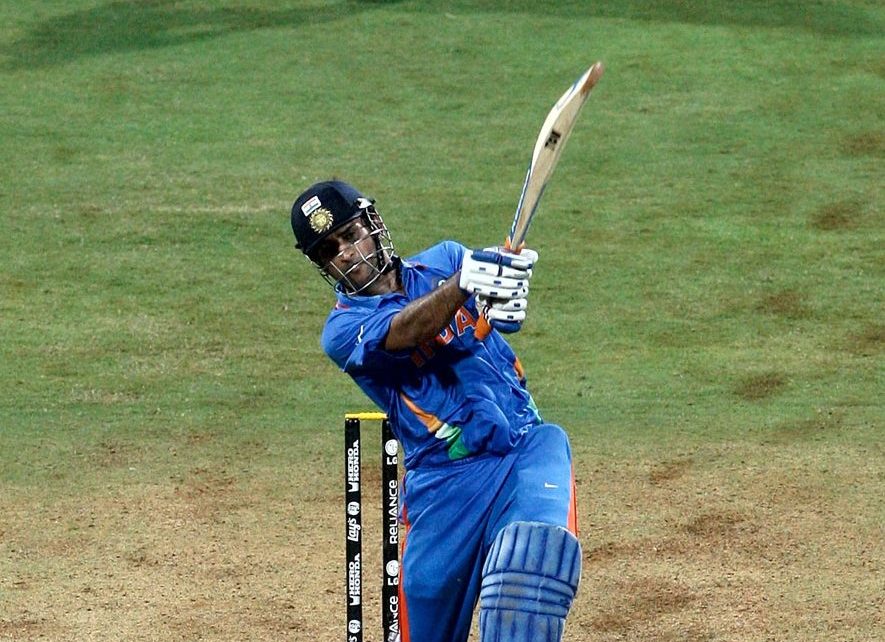
In that moment, watching their captain standing there, bat raised, eyes steady, 1.3 billion Indians knew: this was what leadership looked like.
The IPL & CSK Connection – A Legacy Beyond India
If Dhoni’s international career was impressive, his IPL journey has been nothing short of mythical. Since 2008, his name has become synonymous with Chennai Super Kings (CSK). The bond between Dhoni and Chennai transcends sport - they don’t call him “Thala” (Leader) for nothing.
Under Dhoni’s leadership, CSK has been a model of consistency:
- 5 IPL Trophies: 2010, 2011, 2018, 2021, and 2023
- 10 IPL Finals: More than any other franchise
- 2 Champions League T20 titles: 2010 and 2014
What makes this success even more remarkable is how he’s achieved it. While other teams chase trending strategies and player profiles, Dhoni built CSK around timeless cricket values - experience, calmness under pressure, and clarity of roles.
Even the two-year ban (2016-2017) couldn’t break the Dhoni-CSK connection. When they returned in 2018, they immediately won the title, proving that some partnerships are simply meant to be.
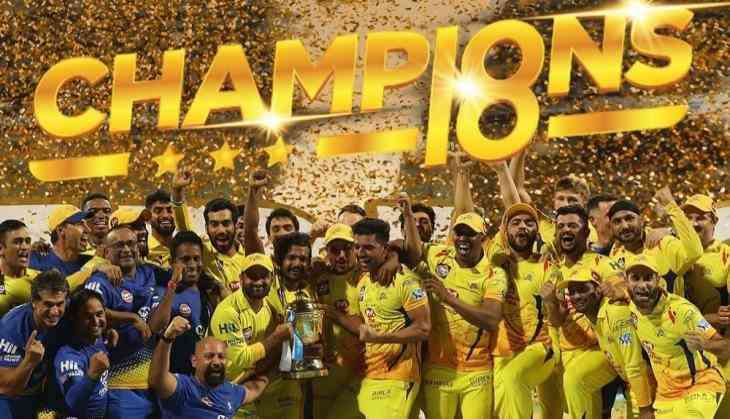
Challenges, Criticism & Ultimate Comeback
No great story comes without challenges, and Dhoni’s career had its share. As Test captain, he faced criticism for India’s overseas performances, eventually stepping down in December 2014 while still at the peak of his powers.
The 2019 World Cup semi-final against New Zealand brought heartbreak. With India needing 31 off 14 balls, Dhoni was run out by the smallest of margins. As he walked back, eyes downcast, many wondered if we’d witnessed his final international moment.
In classic Dhoni style, he answered that question on August 15, 2020 - India’s Independence Day - with a simple Instagram post announcing his retirement. No farewell matches, no drama - just gratitude and a montage set to one of his favorite songs.
“Thanks a lot for your love and support throughout. From 19:29 hrs consider me as Retired.” - MS Dhoni’s retirement announcement
Even in departure, he remained uniquely Dhoni - understated, unexpected, and utterly himself.
Beyond Cricket – Dhoni, The Legend & Icon
What makes Dhoni truly special extends beyond cricket. His love for motorcycles (he owns over 100 bikes), his dedication to the Indian Army (he’s an Honorary Lieutenant Colonel who even served with his regiment in Kashmir), and his preference for privacy in an age of social media oversharing - all add to the mystique.
Off the field, Dhoni has built an impressive business portfolio. From his production house “Dhoni Entertainment” managed by wife Sakshi to investments in startups spanning electric vehicles (BluSmart), drone technology (Garuda Aerospace), fitness (Tagda Raho), and more - his business sense matches his cricketing instincts.
More importantly, he’s given back through the MS Dhoni Charitable Foundation, focusing on education and sports opportunities for underprivileged children, and supporting wounded Indian Army soldiers.
Even now, at 43, he continues to inspire in IPL 2025, poised to become the first cricketer to appear in 400 T20 matches, 350 ODIs, and over 50 Tests - a testament to his longevity and impact.
The Man, The Myth, The Legend
MS Dhoni isn’t just a cricketer; he’s an emotion. A small-town boy who didn’t just dream big but showed an entire generation of Indians from non-metropolitan cities that with talent, hard work, and self-belief, anything is possible.
His story reminds us that leadership isn’t about who talks the loudest, but who thinks the clearest. It’s not about avoiding pressure, but embracing it as privilege. And most importantly, it’s about staying true to yourself, regardless of success or failure.
As cricket evolves and new stars emerge, Dhoni’s legacy will endure - not just in statistics or trophies, but in moments. That six to win the World Cup. Those lightning-quick stumpings. The sprint from the keeper’s position to run someone out. The tactical masterstroke nobody saw coming. The helicopter shot. The calm smile in chaos.
In a world of manufactured personalities, Dhoni remained refreshingly authentic - a reminder that you don’t need to be loud to be heard, or aggressive to be effective.
So here’s to MS Dhoni - the wicketkeeper, the finisher, the captain, the legend. Cricket will have other stars, but there will never be another quite like him.
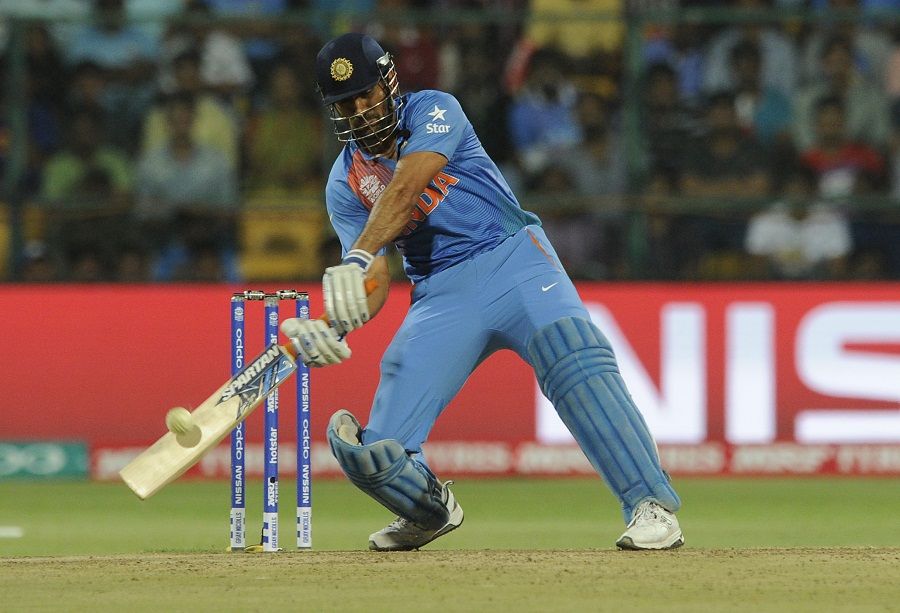
You May Also Like

Hardik Pandya: The Powerhouse All-Rounder Redefining Indian Cricket
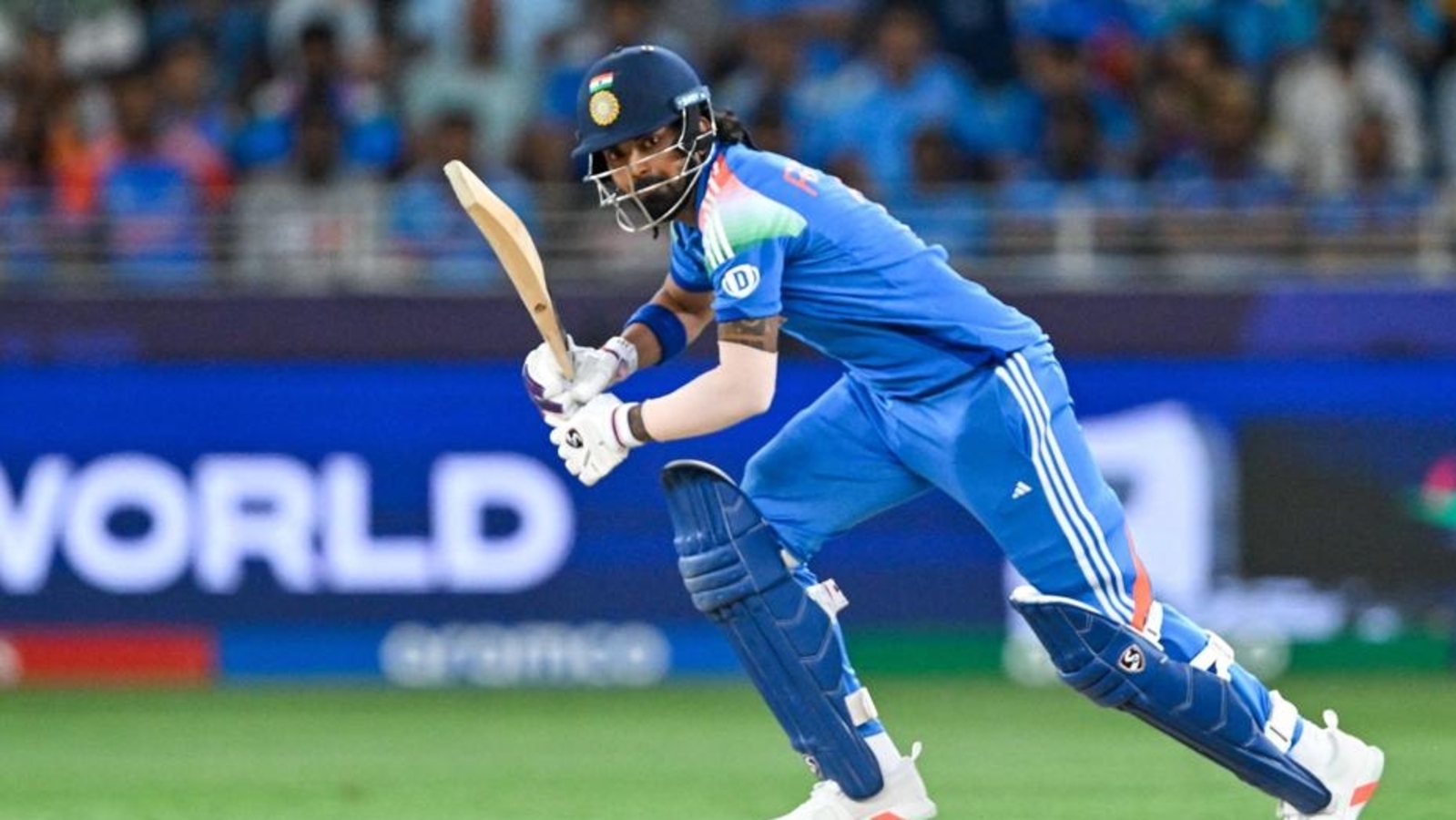
KL Rahul: The Stylish Batter with a Classic Touch

Rishabh Pant: The X-Factor of Indian Cricket
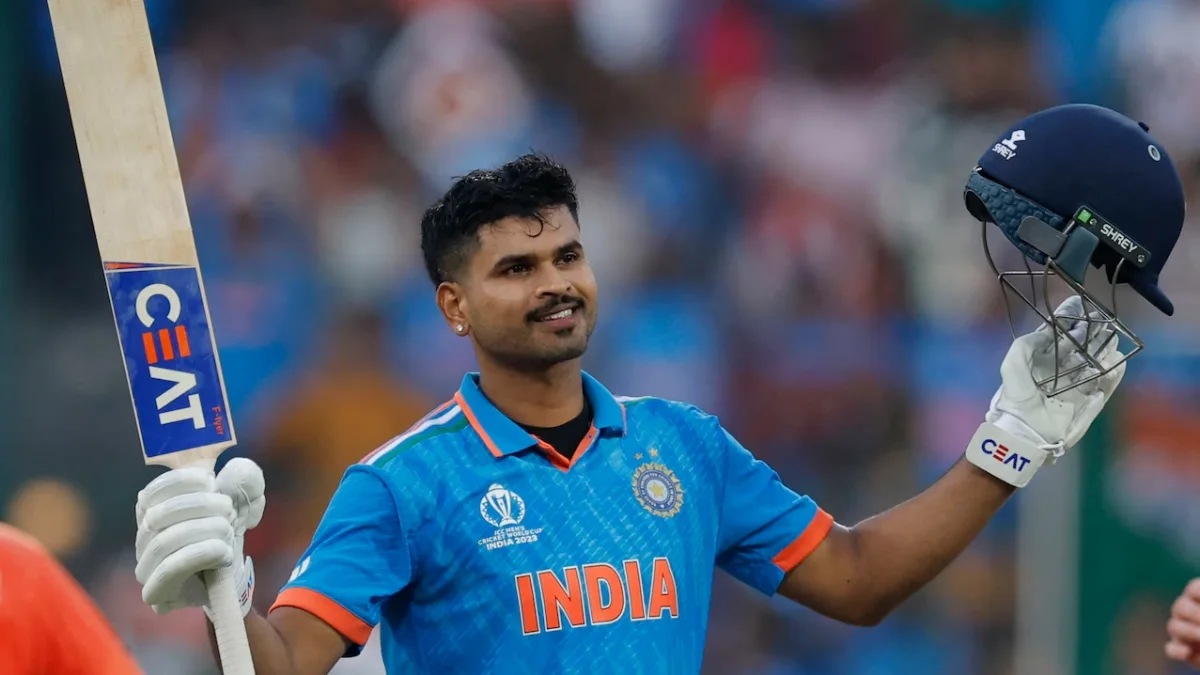
Shreyas Iyer: India's Stylish Stroke-Maker & Future Leader
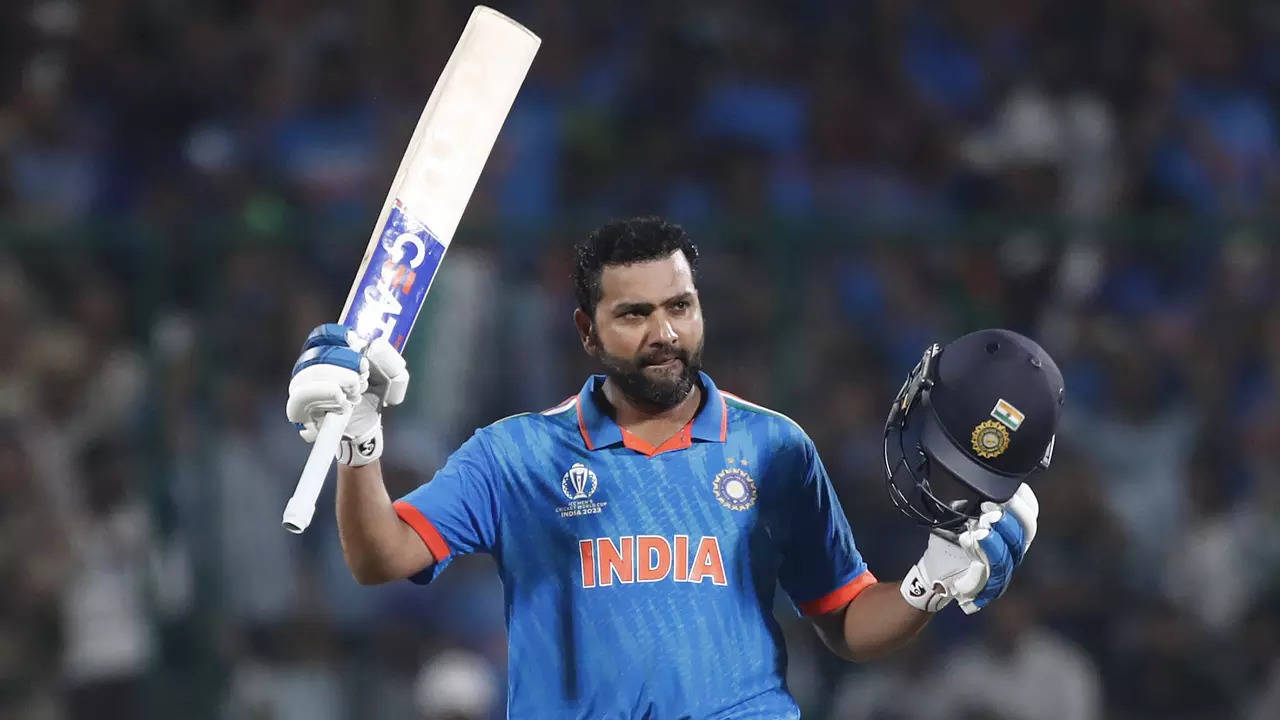
Rohit Sharma: The Making of a Modern Cricket Icon
